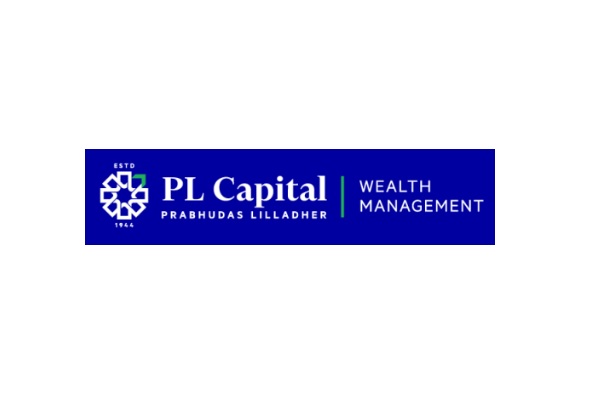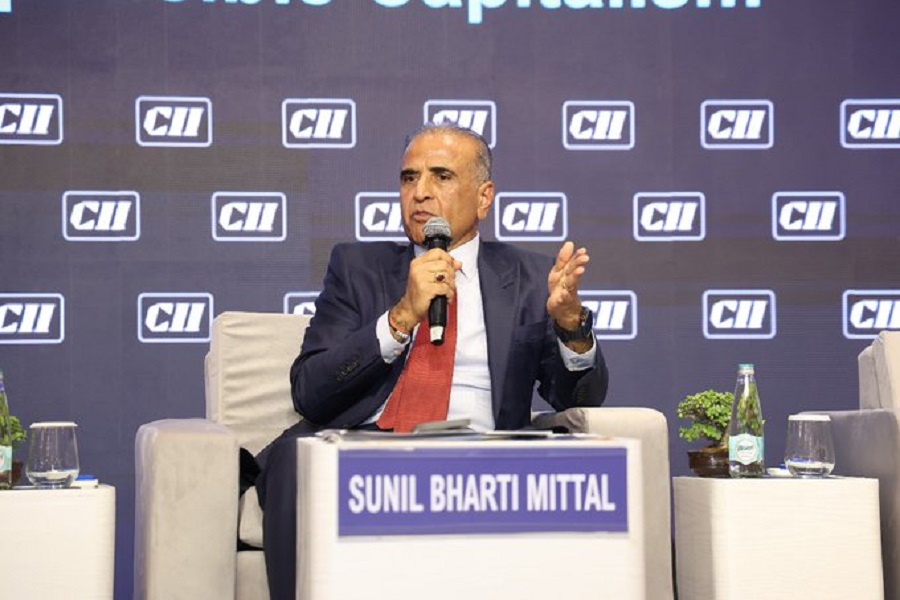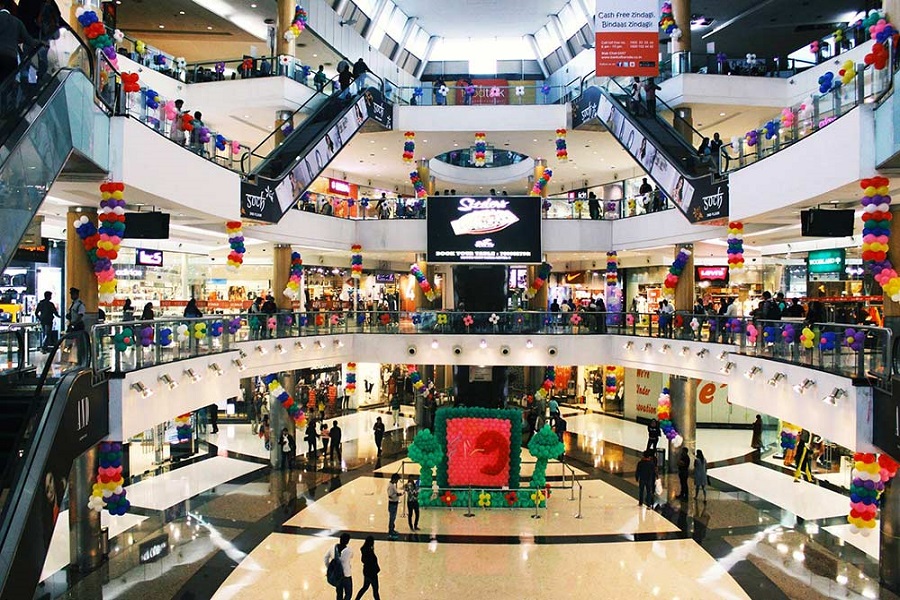Economy Update : Multi-year low driven by sustained food price easing By Emkay Global Financial Services Ltd
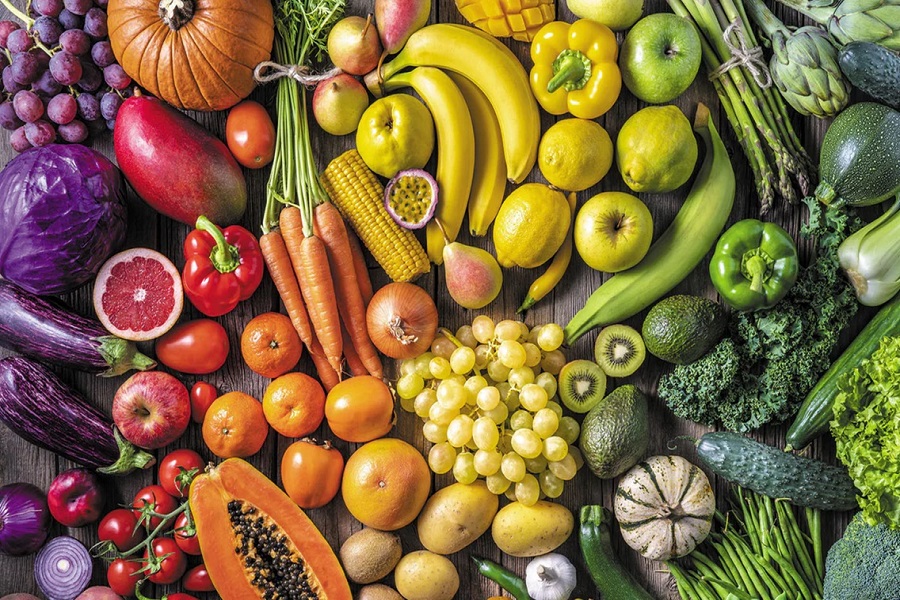
Headline inflation for April eased further to a multi-year low of 3.16% YoY, once again primarily due to easing food prices (-0.2% MoM), especially of vegetables, eggs, pulses, and cereals. On the other hand, core inflation rose to a 19-month high of 4.4%, with gold prices (~6% MoM) driving the increase. May CPI is tracking at ~3.2-3.3% for now, with food prices staying lower. A positive base effect for food prices, further food price easing, and a healthy (expected) monsoon provide downside comfort on FY26E headline CPI of 3.7- 3.8%. Notwithstanding the recent gold price moves, FY26E core inflation is expected to hover at around 4.1-4.2%, with a possible deflationary effect of tariff volatility. Given the comfortable inflation trajectory, we see the RBI’s terminal rate at 5.25% (+/-25bps), depending on the extent of the global slowdown/recession. Policy focus on maintaining surplus liquidity at around 1% of NDTL also amounts to a de facto rate cut, with a shallower Fed easing cycle being an additional risk factor for the RBI’s conventional easing path.
Headline CPI at another multi-year low, driven by lower food prices
Headline CPI inflation fell to 3.16% YoY in March (Consensus: 3.2%; Emkay: 3.18%; prior: 3.34%) – a 69-month low. Continued sequential easing in food prices was the primary driver for this soft print (-0.2% MoM). However, sequentially, headline CPI rose for the first time in six months (0.3% MoM vs -0.3% prior). Within food, vegetable prices continued their sharp descent (-3% MoM vs -6% prior), while prices of eggs (-2% MoM), pulses (-2% MoM), and cereals (-1% MoM) also fell sequentially. On the other hand, fruit prices were once again significantly higher (4% MoM), with meat & fish (1% MoM) and sugar (1% MoM) prices also rising.
Core inflation rises owing to higher gold prices
In contrast, core inflation rose to a 19-month high (4.4% YoY vs 4.2% prior). Monthly momentum was also sharp, at 0.7% (vs 0.2% prior). The increase was yet again led by personal care and effects (2.5% MoM vs 1.3% prior), mainly due to higher gold prices (~7% MoM) during the month. All other categories remained below 0.5% MoM, except housing (0.9% MoM).
FY26E headline CPI at ~3.8-3.9%; core at 4.1-4.2%
We are currently tracking May headline inflation at 3.2-3.3%, with prices of cereals, pulses, and vegetables easing further. RBI’s headline CPI forecast for Q1FY26 (3.6%) has downside risk of 30-40bps if the current price trends continue, with similar downside risk for its FY26E forecast (4%). Food prices (especially vegetables) will have a significant positive base effect in FY26, with the trend likely to continue if the IMD’s above-normal monsoon forecast holds true. Thus, we estimate FY26 headline inflation at 3.7-3.8%, with possible downside comfort if current food price trends continue. Lower food prices should pass-through to core inflation as well, notwithstanding the recent uptick due to supply-side gold price dynamics. With domestic demand still subdued and given the possible tariff-led domestic deflationary impulse, core inflation also has downside risk (FY26E: 4.1-4.2%).
RBI to keep policy options handy amid global uncertainty
Even with the recent US-China tariff relaxation, the extent of the trade/tariff uncertainty is difficult to fathom. Thus, monetary policy may need to do the heavy lifting in India by being more countercyclical than fiscal this year. Domestic inflation dynamics will provide comfort to the RBI; thus we see the RBI’s terminal rate at 5.25% (+/-25bps) in this cycle, contingent on the extent of the global slowdown/recession. We are also keeping a tab on fluid global dynamics and FX moves, both of which would be imperative inputs to the RBI's reaction function. Notably, policy focus toward keeping liquidity in surplus and toward, or even higher than, 1% of NDTL should be seen as a de facto rate cut which could thus influence the extent of conventional easing. Domestic system liquidity is expected to remain comfortable at around 1% of NDTL in Q1FY26. Another risk factor is the possibility of a shallower Fed easing cycle on account of tariff-led uncertainty and volatility.
For More Emkay Global Financial Services Ltd Disclaimer http://www.emkayglobal.com/Uploads/disclaimer.pdf & SEBI Registration number is INH000000354
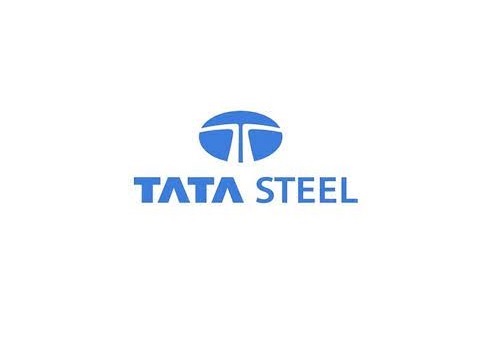
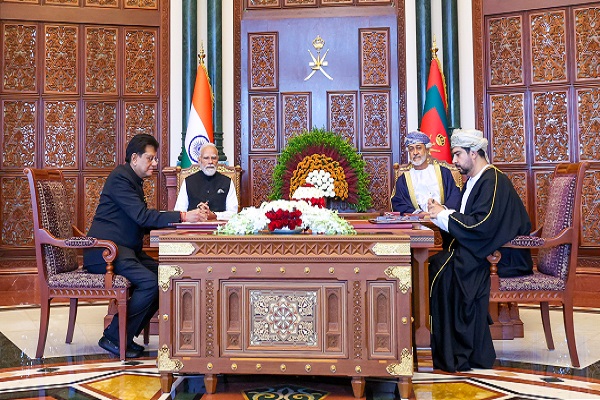

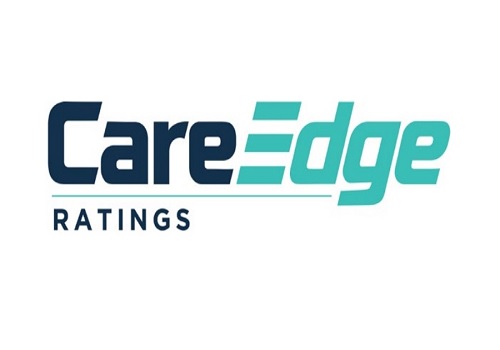




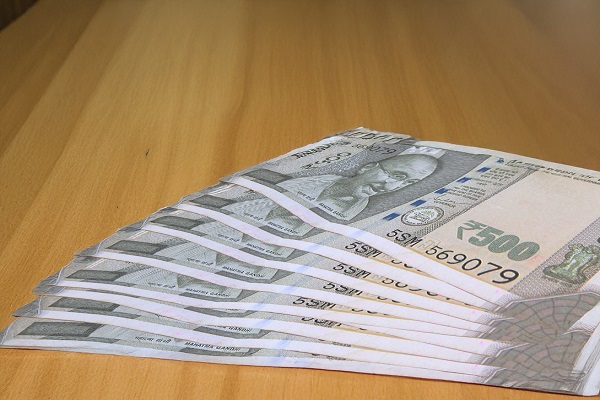
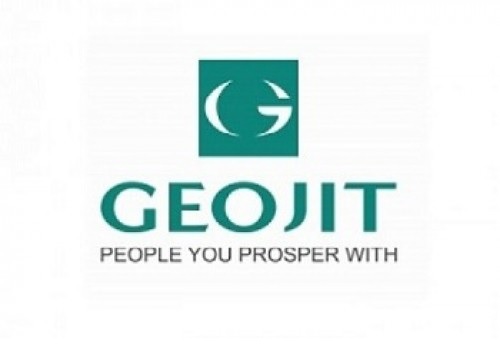
Tag News

RBI's central board deliberates on domestic and global economic situations

